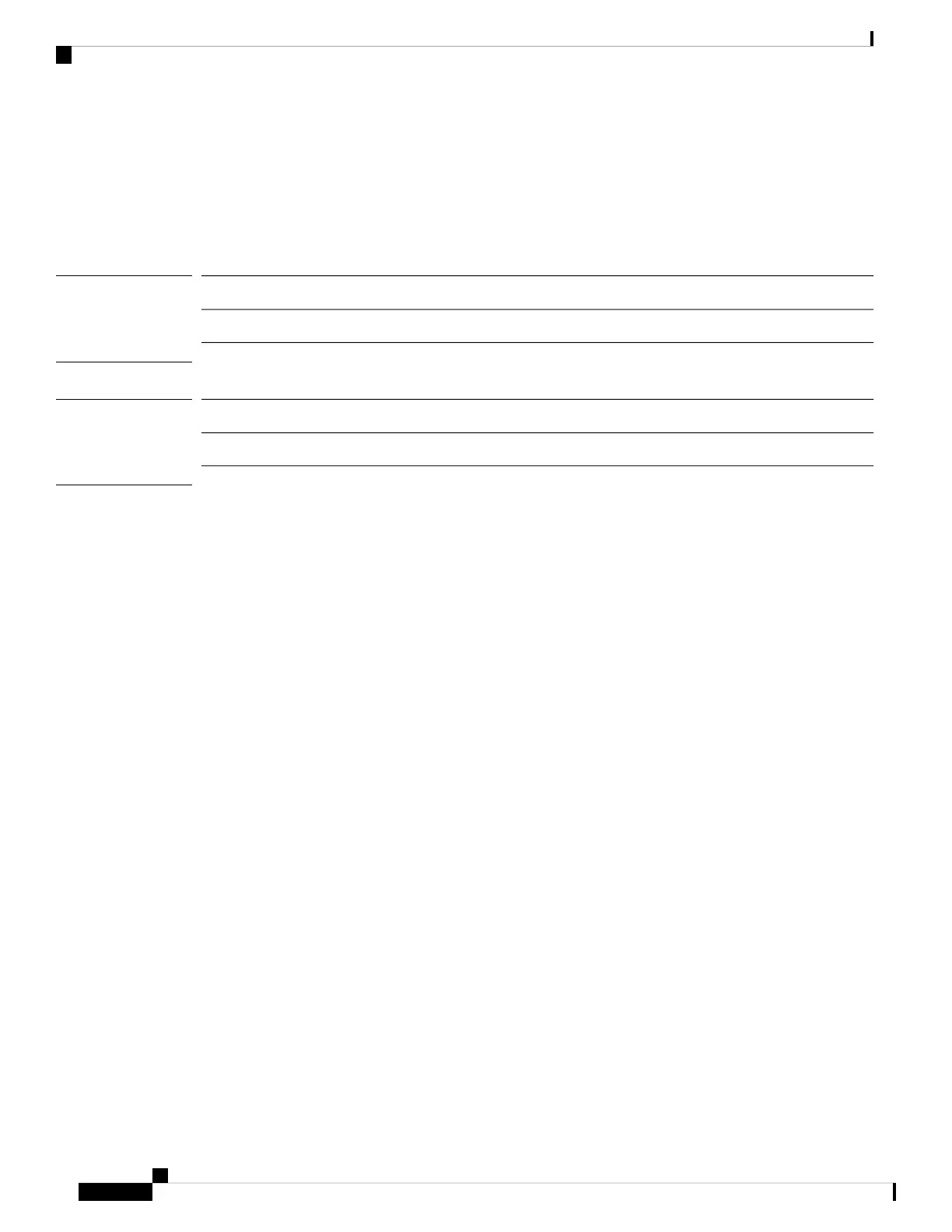set enforce-strong-password
To enable and disable strong password enforcement, use the set enforce-strong-password command.
set enforce-strong-password {no|yes}
Syntax Description
Disables strong password enforcement.no
Enables strong password enforcement.yes
Command Modes
Security mode
Command History
ModificationRelease
Command added.1.1(1)
Usage Guidelines
A password is required for each locally authenticated user account. A user with admin or AAA privileges can
configure the system to perform a password strength check on all user passwords. If password strength checking
is enabled, each user must have a “strong” password.
We recommend that each user have a strong password. If password strength checking is enabled for locally
authenticated users, FXOS rejects any password that does not meet the following requirements:
• Must contain a minimum of 8 characters and a maximum of 80 characters. (The set min-password-length,
on page 200 command can be used to specify the minimum number of characters required.)
• Must include at least one uppercase alphabetic character.
• Must include at least one lowercase alphabetic character.
• Must include at least one non-alphanumeric (special) character.
• Must not contain a character that is repeated more than three times consecutively, such as aaabbb.
• Must not contain three consecutive numbers or letters in any order, such as passwordABC or password321.
• Must not be identical to the user name or the reverse of the user name.
• Must pass a password dictionary check. For example, the password must not be based on a standard
dictionary word.
• Must not contain the following symbols: $ (dollar sign), ? (question mark), and = (equals sign).
• Must not be blank for local user and admin accounts.
Example
This example shows how to enter security mode and enable strong password enforcement:
FP9300-A# scope security
FP9300-A /security # set enforce-strong-password yes
FP9300-A /security* # commit-buffer
Cisco Firepower 4100/9300 FXOS Command Reference
184
S Commands
set enforce-strong-password

